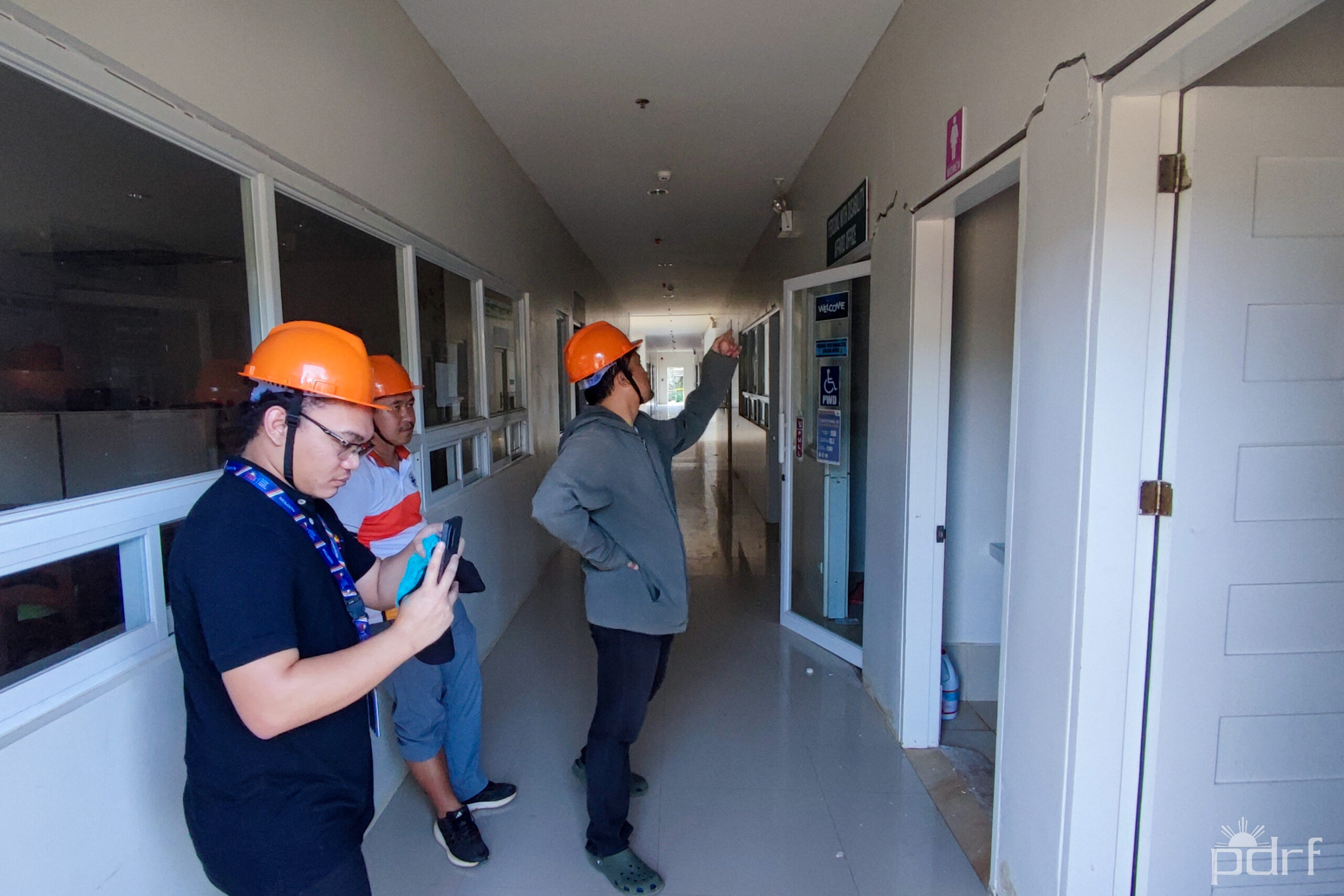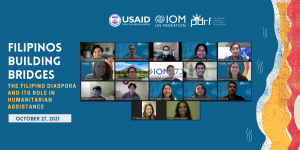Disasters are becoming more frequent, complex, and costly. According to the United Nations Office for Disaster Risk Reduction’s (UNDRR) Global Assessment Report 2025, direct global disaster losses reached $202 billion in 2023, while indirect and cascading effects pushed the true annual cost to $2.3 trillion, highlighting that the full economic toll of disasters extends well beyond immediate physical damage.
Agriculture and property remain among the most vulnerable sectors. Food and Agriculture Organization’s global study has shown that historically, around 84 percent of drought-related economic losses are absorbed by the agriculture sector, a pattern that continues to underscore its extreme vulnerability today. Floods and storms cause widespread destruction to homes, infrastructure, and critical services. The consequences of these shocks extend across entire economies, weakening food security, disrupting supply chains, and eroding development gains that have taken decades to build.
In the Philippines, our agricultural sector suffered an estimated P57.8 billion in losses in 2024, primarily due to El Niño. We also incurred damage to infrastructure in the amount of P43 billion.
This year’s World Risk Index report highlights that disasters result from a combination of natural events or exposure and social vulnerability or lack of preparedness, aggravated by poverty and weak structures. The report focused on flood risk, a significant issue facing the Philippines in light of the current flood control scandal. Globally, floods are becoming more of a risk, exacerbated by climate change and human changes to natural land use and topography.
Recently, the Apec Business Advisory Council, together with the Philippine Disaster Resilience Foundation (PDRF) and Liveable Cities, organized an online forum on disaster risk resilience, bringing together panelists from Chile, Taiwan, Indonesia, Turkey, and the Philippines to share lessons and practices on disaster preparedness.
Losses are not inevitable. The UNDRR has found that every $1 invested in disaster risk reduction can generate savings of up to $15 in response and recovery. Strengthening preparedness through early warning systems, climate-resilient infrastructure, and risk-informed planning has proven to significantly reduce both human and economic costs.
The savings in loss and damage are perhaps best illustrated by the experience of Taiwan. The 7.3-magnitude Jiji earthquake in 1999 killed over 2,400 people, injured 11,305, and destroyed or damaged 100,000 buildings. The following year, the government passed the Disaster Prevention and Protection Act, designated an annual National Disaster Prevention Day, and undertook a series of preventive and preparedness improvements. These included strengthening building codes and infrastructure resilience, retrofitting buildings, installing early warning systems and improving public preparedness, enhancing disaster management and response, strengthening community and international support, promoting continuous learning, and fostering public-private partnerships. Preparation paid off. When another 7.2-magnitude earthquake struck the same area in 2024, casualties were reduced to 18, injuries to 1,115 people, while severe damage was limited to 84 buildings.
Article by Guillermo Luz | Inquirer.net



